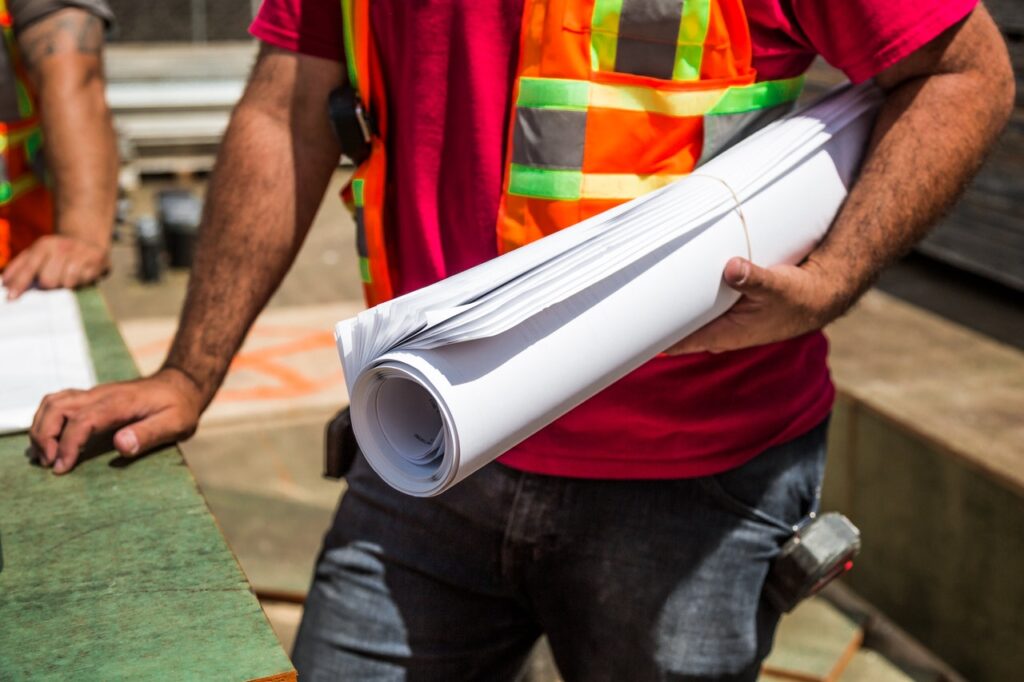
The Truth Behind Construction Price and Cost Indices
When you’re attempting to gauge how much construction materials and labor will cost for a construction project that you’re about to work on, it’s highly recommended that you take a look at the latest construction price indices. A construction price index measures how various prices change over a set period of time, which means that these tools can be used to measure inflation and to gain a better understanding of total construction costs before development has even started.
Standard price indices are most commonly used to identify the price changes that have taken place within the greater economy. The main tools used to measure the economy include GDP deflators, price indices for specific goods and services, consumer price indices, and producer price indices. Construction price indices are able to be used to measure how prices change when it comes to the outputs or inputs of construction activity.
There are three types of people that you should be aware of before you take a look at recent construction indices. These people include the construction contractor, the client, and the purchaser. The construction contractor is typically a firm that enters into a contract to construct a building for the client. A client is a person or company that the structure is being built for.
As for the purchaser/owner, this refers to the individual or organization that’s paying the final price to the seller. In many cases, the purchaser is the same as the client. The type of project that’s being completed can dictate what the three entities will be comprised of. For instance, the construction company that’s building the house may be the same entity that decided to build the structure in the first place. This article offers a closer look at construction price indices and the difficulties that arise when attempting to create one.
Types of Construction Price Indices

There are three distinct types of construction price indices that you should be aware of, which include input price indices, output price indices, and seller’s price indices. While there are some other price indices that can be used in different countries, these three are the primary ones used in the U.S.
Input Price Indices
Input price indices are designed to measure any price changes in regards to inputs to the entire construction process. The cost of every factor is monitored separately to create these indices. In most cases, this monitoring will involve creating a weighted index of the material and wage costs. The people who are creating an input price index will first look at the size, style, and type of dwelling that’s being constructed, after which they will calculate the number of materials and number of hours that are needed to complete the task at hand.
Once this calculation has been made, the quantities are multiplied by any corresponding prices to determine what the outcome is. While input price indices are useful, they don’t accurately reflect the price movements for any finalized construction work. These indices don’t take into account changes in market conditions, trade margins, productivity, and profit.
While input indices are notable for measuring the total cost of materials and wages, they’re unable to show what the production prices really are. When you use an input price index, you may find that the index shows a significant price increase in finished construction work. However, this doesn’t take into account any productivity gains that could have resulted in lower prices.
Output Price Indices
Output price indices are designed to measure price changes in regards to what is produced by any entities that are currently involved with construction activity. These indices cover many of the items that are built into the overall price that the client or purchaser must pay to the construction company that completes the project. These costs can include labor, materials, land preparation, equipment, kitchen and bathroom fittings, trade margins, profits, and overheads.
There are numerous techniques that can be used to get all of these costs into a single output price index. Among the more popular method that’s used for this index involves compiling all of the individual factors that were used to construct the dwelling, which extends to trade margins, overheads, and profits. Another method involves basing the index entirely around the cost of the finished construction, which allows for a somewhat accurate index. Both of these methods have proven to be effective at creating construction price indices.
Seller’s Price Indices
Seller’s price indices are designed to measure any price changes for the construction output that the owner or purchaser paid for. These indices cover the sale price of the constructed building, which includes labor, materials, land, selling expenses, and seller profits. When these indices are created for residential homes, they include the majority of factors that can cause home prices to increase or decrease. These factors are separated into supply factors and demand factors.
The primary supply factors extend to:
- Wage rates
- Productivity
- Material costs
As for demand factors, these can include:
- Income changes
- Availability of finance
- Market health
- Demographic changes
Because of all of the factors that are included in a seller’s price index, this type of index is similar to a consumer price index.

Relationship Between the Three
It’s important to understand the relationship between the three main types of construction price indices. While input price indices are the most limited and seller’s price indices are the most comprehensive, there is a certain amount of overlap between all indices. For instance, all three of these index types will measure materials, labor, transport, energy, and equipment.
When looking specifically at the output price index and seller’s price index, these are the only two index types that also factor in the contractor’s profit margins, overheads, and productivity. The seller’s price index is the only index of the three that calculates the architect’s fees, VAT, and land costs. Because of how these indices overlap, it’s essential that you thoroughly understand all three before you start to create one.
Difficulties in Compiling Construction Price Indices
When you’re thinking of compiling construction price indices, there are three main difficulties that you could run into. By understanding what these difficulties are, you should be able to better manage them as they occur. The three main challenges that you should be aware of include the diversity of construction activity, selecting the right prices, and managing the changes that occur over time.
Diversity of Construction Activity
When looking specifically at the diversity of construction activity, it’s important to understand that the types of work included in the price index will need to remain constant. Otherwise, it becomes practically impossible to accurately display price changes over a lengthy period of time.
The issue with compiling construction price indices is that the construction activity outputs are difficult to compare to one another. The elements of houses and apartments are exceedingly different from those of bridges and dams, which is seen with the production location, plans, and specifications of each of these construction output types. It’s possible to overcome this challenge by looking at the prices of individual components as opposed to the total price of the entire building.

Selecting the Right Price
The second difficulty that you should take into account involves selecting the right prices for the index that you’re making. When you’re involved in construction activity, the types of pricing data that are typically available include invoice prices, tender prices, and prices at the time the contract was awarded. It’s important to use the correct transaction price as opposed to the lowest price or listing price.
If you happen to use the listing price, it will need to be adjusted for seasonal discounts, cash discounts, trade discounts, and quantity discounts. You don’t want to be in a situation where contractors provide hypothetical or estimated prices as opposed to transactional prices.
You may also find it difficult to separate the price changes from the quality changes. In the event that the contractor uses a different material or piece of equipment, there may be accuracy issues with the price index. It’s possible to mitigate this issue by hiring price collection staff who can alert you immediately when changes have been made to the component’s quality.
Managing Changes that Occur Overtime
The third and final challenge involves taking into account the changes that occur over a period of time. Construction activity outputs and inputs are changing constantly, which makes it difficult to create price indices where comparisons can be made over a set period of time. The many factors that influence these changes include the finish style, size, and equipment. To make sure that only pure changes in price are shown, every factor that contributes to the price should remain constant throughout the entire index.
Summary of Construction Price and Cost Indices
Construction price and cost indices are integral components of all construction projects. The only way to prepare accurate cost benchmarks for the entire construction project is to have construction cost indices on hand that you can reference when attempting to identify what the project costs should be.
The exact type of index that you use largely depends on what cost factors you would like to take into account. If you want to identify the total cost for the purchaser or owner, the seller’s price index may be the right option for you. On the other hand, input price indices can be beneficial if you only want to understand the base construction costs and don’t want to take overheads and profits into account.

Jason Somers, President & Founder of Crest Real Estate
With over 15 years of professional experience in the Los Angeles luxury real estate market, Jason Somers has the background, judgement and track record to provide an unparalleled level of real estate services. His widespread knowledge helps clients identify and acquire income producing properties and value-ad development opportunities.
Learn more about Jason Somers or contact us.


